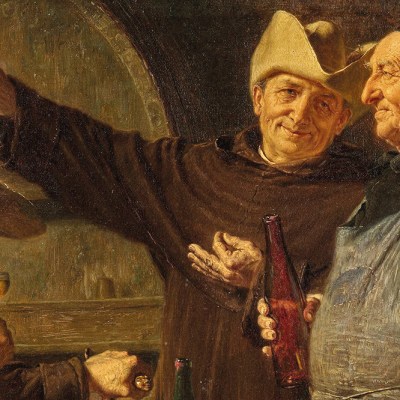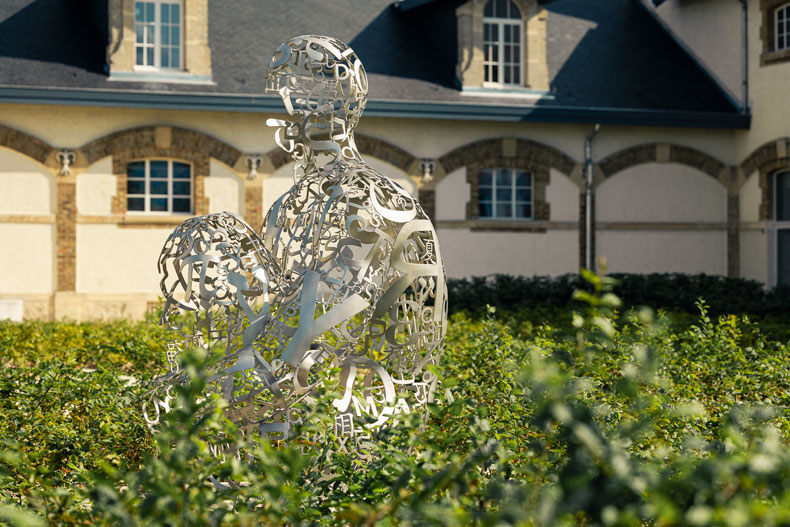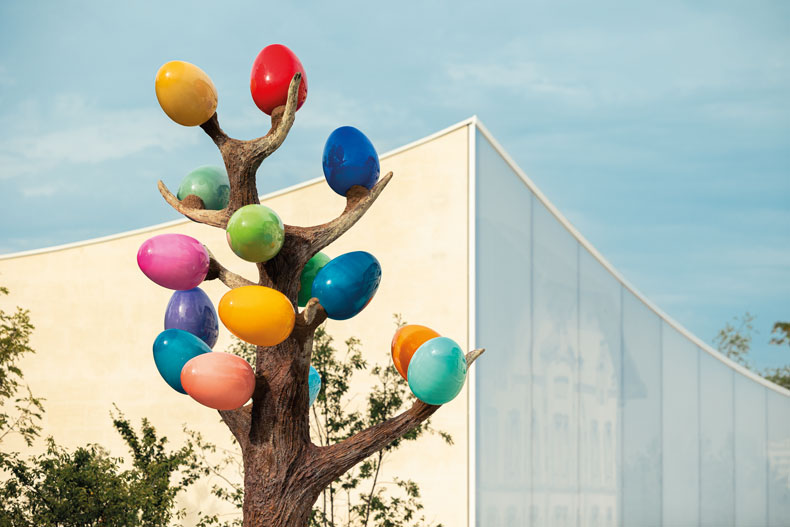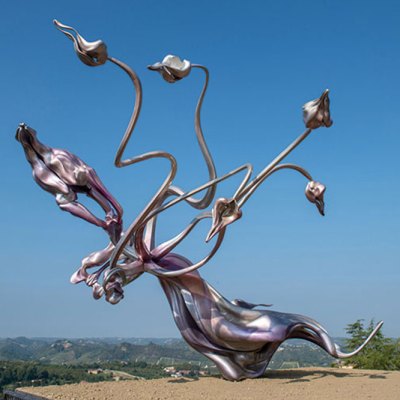
Maison Ruinart’s commitment to culture runs through everything it does. From its Carte Blanche project commissioning contemporary artists to interpret the values of the Maison in any way they desire, to the culture of champagne-making that is unique to Ruinart, artistry has been at the heart of Ruinart since its foundation. The Maison now has a new home – three years in the making – that reflects this passion, and in keeping with the Maison’s commitment to spreading culture, 4 rue des Crayères will be open to the public.
Founded in 1729, Maison Ruinart was the first champagne house ever to be established; it sits in Reims, widely considered the unofficial capital of champagne. Its latest addition to the historic address is a bold statement of modernity and creativity. Conceived by the Japanese architect Sou Fujimoto, the interior designer Gwenaël Nicolas and the landscape artist Christophe Gautrand, the new complex sits just across from the winery’s original buildings, mirroring the harmonious tension between heritage and modernity at Ruinart.
Dom Thierry Ruinart (2024), Jaume Plensa. Photo: Mathieu Bonnevie

The most striking addition to the estate is a shapely, monumental limestone building. This is the Nicolas Ruinart pavilion, named for the Maison’s founder, and is reached via a neatly hidden path, the Chemin de Crayères, named for the crayères, or chalk-walled cellars, that lie underground there and date back to the Middle Ages, when they were used as quarries for chalk extraction. Beyond the Pavilion lie 7,000 sqm of woodland, a haven for biodiversity, with trees ranging from beech to maple and pine to cork oaks. But it is also home to several site-specific commissions of contemporary art.
There you will find Xylemia (2024) by Thijs Biersteker, a series of sinuous pieces twirling upwards alongside trees in which sensors that measure sap flow monitor the trees’ health and translate the data into light signals; Capriccio (2024) by Eva Jospin, a plaster homage to rococo architecture, designed to be consumed by vegetation over time; The Rock (2024) by the German artist NILS-UDO, which comprises a large marble egg nestled in a limestone cave, a visual echo of the precious bottles of champagne preserved in rocky cellars; and Cerf Contrôle (2024) by the Belgium-based Cameroonian artist Pascale Marthine Tayou, which resembles a tree sprouting fabulously colourful glass fruits from its bronze branches. But there are also older works, such as Daphné du Barry’s bronze sculpture of Dom Thierry Ruinart, one of Nicolas’s uncles and perhaps the source of the idea to expand the family business from linen into sparkling wine.
Installation shot of Cerf Contrôle (2024) by Pascale Marthine Tayou. Photo: Mathieu Bonnevie

Even inside the pavilion, the design sensibilities which make the winery a byword for champagne that is beautifully presented as well as beautifully balanced are in full evidence. The fact that sculptures, installations and decorative designs are placed so abundantly throughout the expansive premises of Maison Ruinart is testament to its founders’ holistic vision: the production of champagne is not just a craft, it is also an art.
Visit Maison Ruinart at 4 rue des Crayères in Reims.


